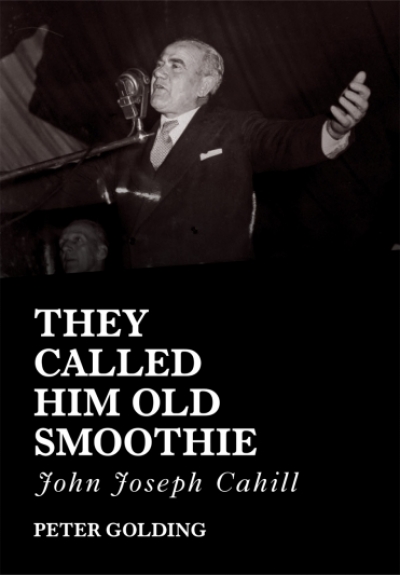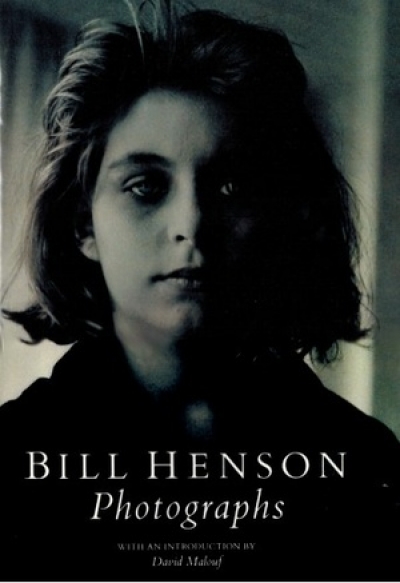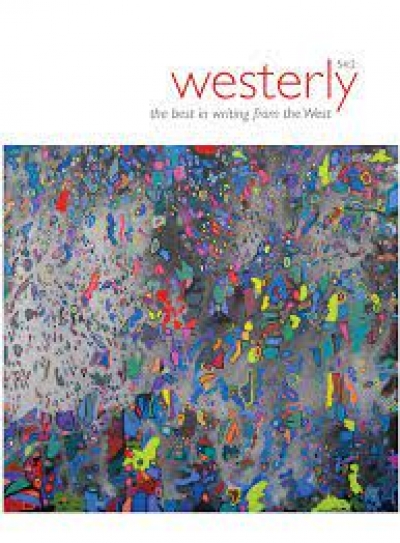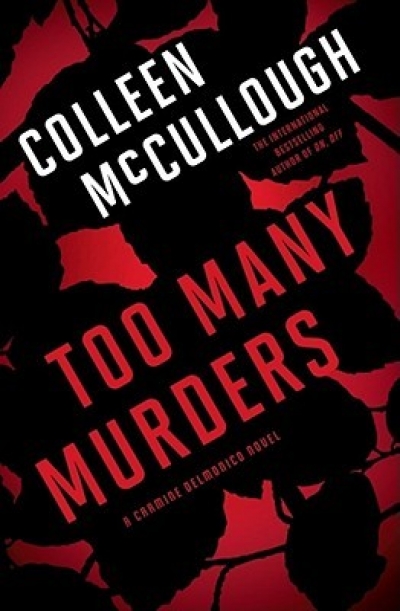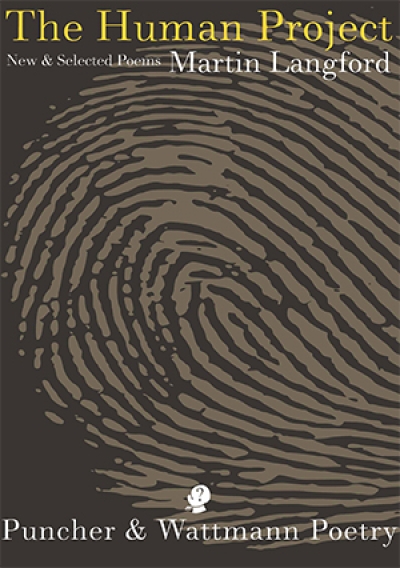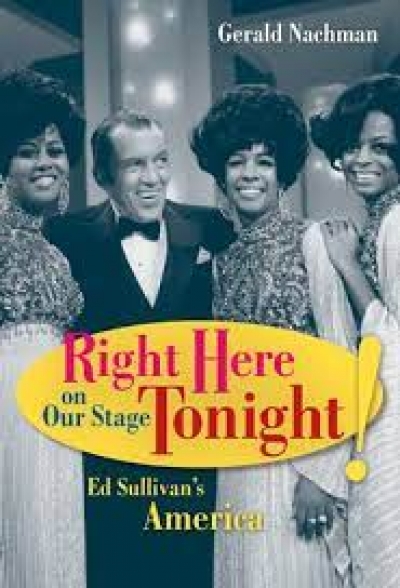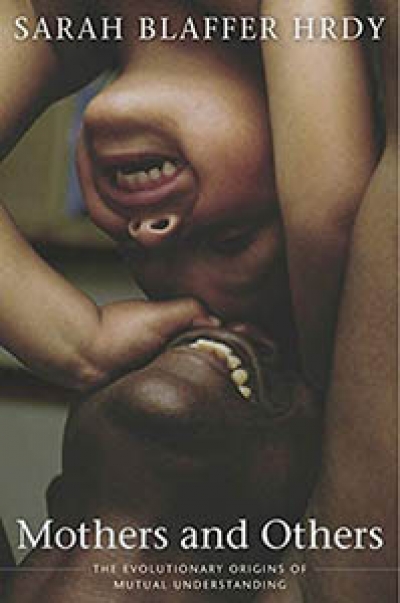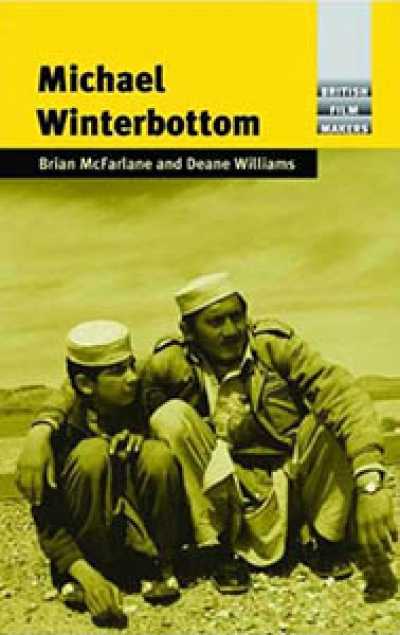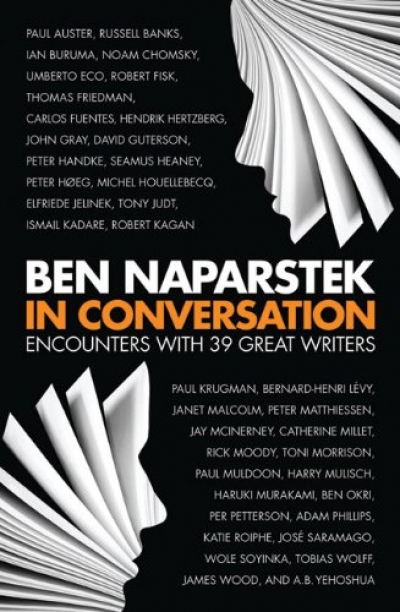Archive
They Called Him Old Smoothie: John Joseph Cahill by Peter Golding
by Lyndon Megarrity •
Bill Henson: Photographs by Bill Henson, introduction by David Malouf
by Helen Grace •
Westerly, Vol. 54, No. 2 edited by Sally Morgan and Blaze Kwaymullina
by Patrick Allington •
Right Here on Our Stage Tonight!: Ed Sullivan’s America by Gerald Nachman
by Michael Shmith •
Mothers and Others: The evolutionary origins of mutual understanding by Sarah Blaffer Hrdy
by Michael Gilding •
In Conversation: Encounters with 39 great writers by Ben Naparstek
by Patrick Allington •

